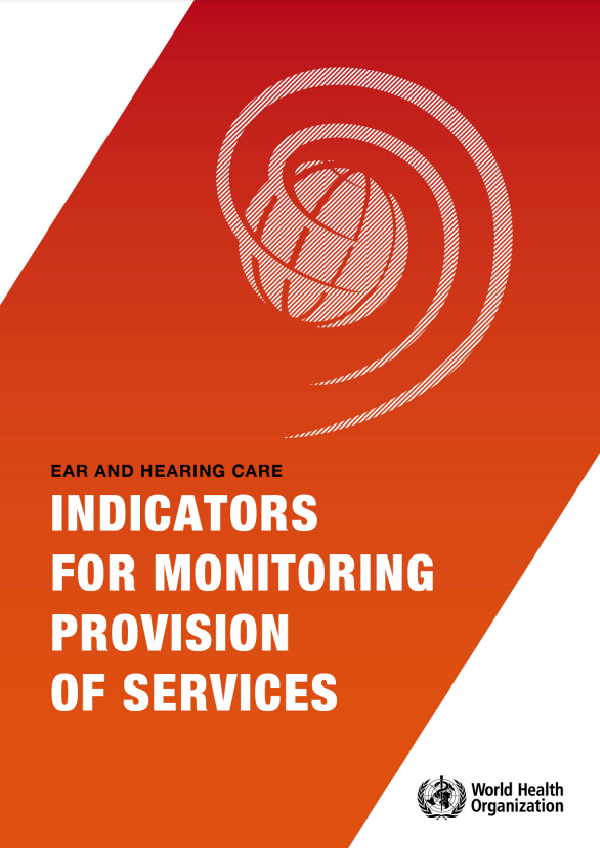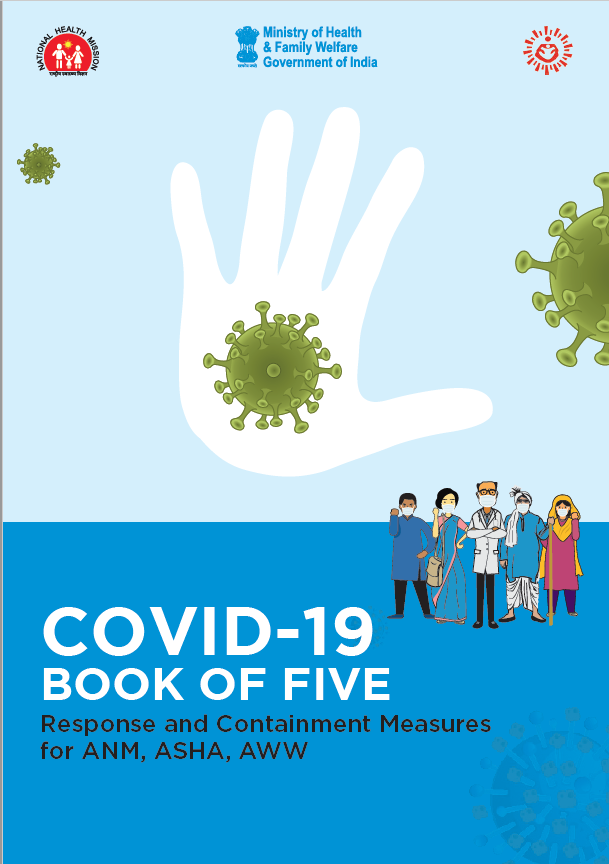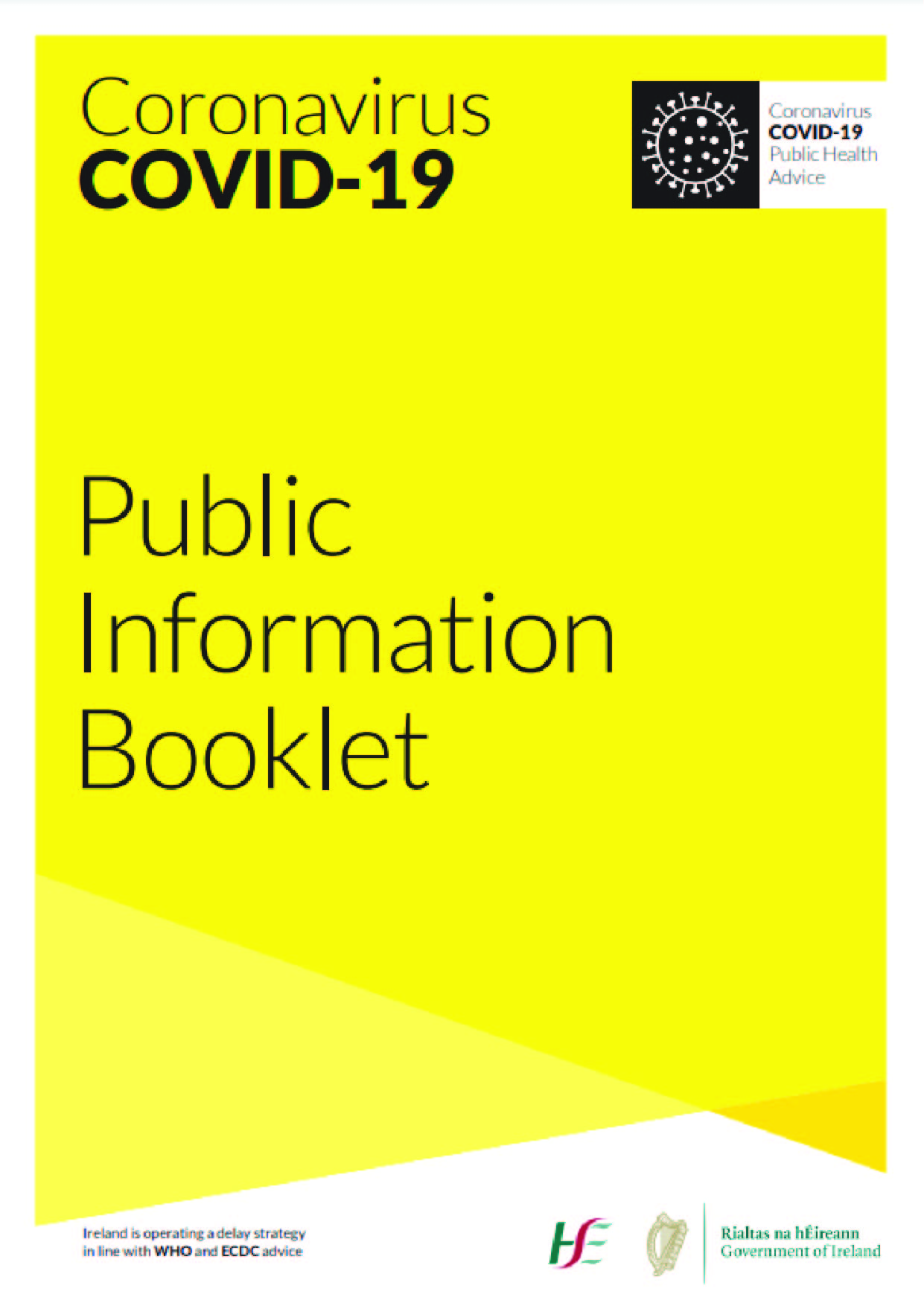Globally, the prevalence of hearing loss is rising. More than 5% of the world’s people now experience disabling hearing loss – the majority of whom live in low- and middle-income countries where they lack access to the services required to address hearing loss. Unaddressed hearing loss has a huge impact on all aspects of life including health, cognition, communication, education, livelihood, and social engagements. In light of this, World Health Assembly resolution WHA 70.13 on hearing loss3 calls upon the Member States to integrate strategies for ear and hearing care into their health systems and tasks the World Health Organization (WHO) with developing a comprehensive toolkit that provides the required comprehensive technical support to the Member States for integration of ear and hearing care into health systems.
Around the world, data, and services related to hearing loss prevention, care and rehabilitation are lacking. World Health Assembly resolution WHA 70.13 highlighted this issue and called upon the Member States to integrate national strategies for ear and hearing care (EHC) into health systems frameworks. To support such integration, WHO is developing a complete toolkit of comprehensive technical support for the Member States to help them integrate ear and hearing care into health systems. As part of this toolkit, WHO has developed a series of technical documents for the planning, implementation, and monitoring of national strategies for EHC, including a set of core and supplementary indicators (set out in this document) that can be used by countries to assess and track their EHC status. This document is designed for use by national or subnational program coordinators or managers, public health planners, researchers, funding agencies, or other interested bodies to monitor the implementation of EHC interventions.
The document contains the following sections.
Health system indicators
This document provides six sets of indicators, each tailored to one of WHO’s six health system blocks to enable their integration within the country’s health system framework. The six building blocks are leadership and governance, service delivery, health workforce, medical products and health technology, health financing, and health information. Each section refers to one health system block and provides the relevant core and supplementary indicators. Core indicators are those considered essential and should be integrated into the health information system and collected through countries’ monitoring frameworks. Supplementary indicators should be included as and when they are relevant to the country and its activities in the field of ear and hearing care.
The indicators listed consist of outcome and impact indicators, and when properly reported can provide an overview of the status of a country’s ear and hearing care. The indicator lists do not include indicators that are required for monitoring program-level activities, especially input/process or output indicators. These must be developed by each country as it plans its EHC strategy.
Following each section’s list of indicators is an explanation of how an indicator should be estimated, the frequency of reporting, as well as possible sources of information and data to inform the indicator.
Explanation of sources
This section describes the information sources listed in the indicator lists and provides possible alternatives. It also indicates where EHC indicators should be included in other programs and reports.
Reporting on indicators
The section refers to the relevance of a systematic and consultative approach in determining the final list of EHC indicators to be monitored and reported upon. Once the indicator data are gathered, it is important that they should be structured into a comprehensive report that summarizes observed trends, identifies gaps for action, and makes practical recommendations to address these gaps.
Determining and reporting the indicators
This section outlines the process of determining country-specific indicators, gathering information and data, and reporting it. It describes relevant checks for verification and quality assurance and summarizes the process of reporting these indicators in a suitable format. The section also proposes a report structure. Such reports can be shared with WHO when considered appropriate.
Summary tables
Summary tables (derived from WHO’s Ear and hearing care situation analysis tool) are designed to help implementers and planners compile a snapshot of the current status of ear and hearing care, tailored to each of the six health system building blocks. These tables should be used by countries for monitoring progress in the field of ear and hearing care. Responses to questions in the tables should be decided through discussion among members of the national committee for EHC, or a task force.











